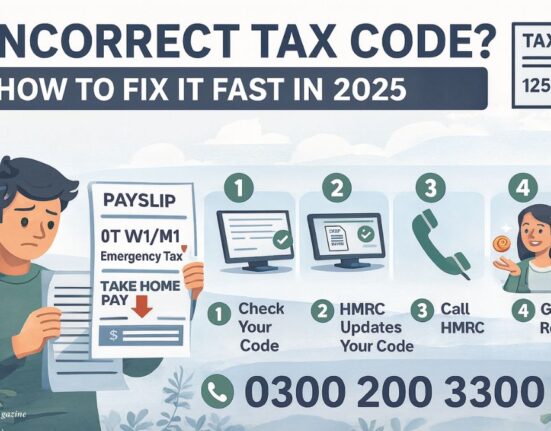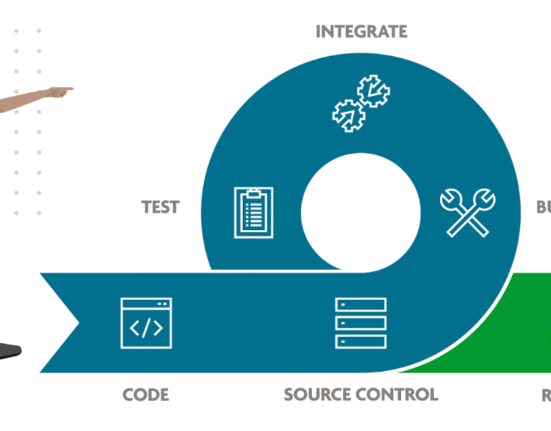Did you know that millions of UK taxpayers are sitting on money that rightfully belongs to them? Each year, countless people overpay income tax without even realising it. The reasons vary — from a wrong tax code, a job change, or even overlooked allowances.
The good news? HMRC has a system in place to spot many of these overpayments and send refunds automatically. But here’s the catch: not all refunds are automatic. Unless you know how to check and claim, you could be leaving hundreds — even thousands — on the table.
This guide walks you through everything you need to know about HMRC tax refunds: how they work, who’s eligible, how to claim, how long it takes, and the common mistakes that trip people up.
What Is an HMRC Tax Refund?
An HMRC tax refund (also called a tax rebate) happens when you’ve paid more income tax than you actually owe. It’s basically HMRC giving you back the money that was over-deducted through the Pay As You Earn (PAYE) system or self-assessment.
Why Overpayments Happen
- Wrong tax codes — your code tells your employer how much tax to deduct, and if it’s wrong, you’ll likely overpay.
- Emergency tax codes — often applied when you start a new job mid-year. HMRC assumes you’ll earn that same amount for the whole year, leading to excess deductions.
- Life changes — things like reduced hours, job loss, or new allowances (e.g., marriage allowance) may not be updated in your code straight away.
- Unclaimed expenses/reliefs — uniforms, tools, or professional fees you didn’t claim tax relief on.
Bottom line: HMRC might catch overpayments during its reconciliation process, but relying solely on them isn’t always safe. Staying proactive is the key to making sure you don’t miss out.
Who Can Claim an HMRC Tax Refund?
Everyday Situations That Lead to Refunds
It’s surprisingly easy to overpay tax. Here are some common scenarios:
- Starting a new job mid-year — an emergency tax code assumes your salary runs for the full year.
- Dropping income — your tax may have been calculated on higher earnings.
- Multiple income sources — pensions, side jobs, or freelance work can confuse tax codes.
- Work-related expenses — uniforms, travel, and subscriptions may reduce your tax bill but only if you claim them.
Groups Most Likely to Get Refunds
- New employees — hit by emergency tax before HMRC updates their details.
- People who lost jobs or reduced hours — their tax was calculated on full-time income.
- Seasonal/temporary workers — often miscalculated due to fluctuating income.
- Retirees with pensions + part-time work — multiple sources confuse PAYE.
If you fall into one of these groups, there’s a good chance HMRC owes you money.
How to Check If HMRC Owes You a Refund
1. Personal Tax Account (Online)
The easiest way to check is via your Personal Tax Account at gov.uk.
- Log in with your Government Gateway
- Go to the Income Tax
- See your calculations, overpayments, and refunds.
2. Your P60 and Payslips
- Your P60 shows total tax paid in a year. Compare it with your personal allowance to spot overpayments.
- Payslips are good for spotting irregular deductions.
3. P800 Tax Calculation Letter
Each year, HMRC reviews your records. If they think you’ve overpaid, they send a P800 letter (usually June–October).
- If the refund is under £3,000 and you’re employed/on a pension, HMRC may issue it automatically.
- If larger, you’ll need to claim manually.
- Don’t agree with their calculation? You can challenge it with extra documents (e.g., expenses, donations, pension contributions).
4. Call HMRC
Not a fan of online systems? Call HMRC with your NI number and details ready.
How to Claim Your Tax Refund
Option 1: Online (Fastest)
- Log into your Personal Tax Account.
- Check the “Income Tax” section.
- Submit your claim (ensure bank details are correct).
- Upload supporting docs if required (receipts, charity donations, pension proof).
Processing time: usually 3–5 weeks.
Option 2: By Phone
- Call HMRC with your NI number, bank info, and P60s.
- Keep your reference number for tracking.
Processing time: 3–6 weeks.
Option 3: Paper Forms
- Download claim forms (like P87) from gov.uk.
- Fill them out and send via recorded delivery with supporting docs.
Processing time: several weeks to months.
Option 4: Through Self-Assessment
- Include overpayments, expenses, and reliefs in your return.
- File by 31st January to avoid penalties.
Processing time: a few weeks after submission.
How Long Does HMRC Take to Refund?
Processing varies depending on your method:
- Online claim: 3–5 weeks
- Phone claim: 3–6 weeks
- Paper claim: several weeks to months
Payment method:
- Bank transfer (BACS): quickest (3–5 working days once approved).
- Cheque: still used but slower.
Delays happen if:
- Bank details are wrong.
- Supporting documents are missing.
- You applied during peak season (Jan & April).
How HMRC Sends Refunds & Communication Safety
- Refunds are usually by bank transfer. Update your details if you change accounts.
- HMRC will never ask for sensitive info via email or text. Be alert — refund scams are common.
- Suspicious message? Don’t click links. Report to HMRC or Action Fraud.
Common Mistakes That Delay Refunds
- Wrong or outdated bank details.
- Documentation errors (name/address mismatch).
- Forgetting to include receipts or supporting evidence.
- Missing the four-year deadline (you can only claim within four years of the tax year’s end).
- Using paid/unofficial services (refunds are always free directly from HMRC).
Special Situations
Some tax refunds can get complicated. Common special cases include:
- Multiple incomes — pension + job may require self-assessment.
- Life changes — marriage, bereavement, moving abroad all affect your refund.
- Work-related expenses — uniforms, tools, mileage, professional fees.
- Gift Aid donations — higher-rate taxpayers can claim extra relief.
Maximising Your Tax Efficiency
A refund is great — but preventing overpayment in the first place is better. Here’s how:
- Regularly check your tax code on your payslips.
- Apply for Marriage Allowance if eligible.
- Keep records of work expenses, receipts, and donations.
- Track your situation with your Personal Tax Account.
- Stay proactive — don’t wait for HMRC’s P800 letter.
FAQs
Q1. How long does HMRC take to process a tax refund?
Most online refund claims take around 3–5 weeks. Phone claims can take 3–6 weeks, while paper forms often take several months. Once approved, bank transfers usually clear within a few working days.
Q2. How do I check if HMRC owes me a tax refund?
The quickest way is through your Personal Tax Account on gov.uk. You can also look out for a P800 tax calculation letter, which HMRC sends if they’ve spotted an overpayment.
Q3. Are HMRC tax refunds taxable?
No. An HMRC tax refund isn’t new income — it’s simply money you’ve already overpaid in tax being returned to you.
Q4. How many years back can I claim a tax refund from HMRC?
You can usually backdate a claim for up to four years from the end of the tax year. After that, the window closes, and you may lose the refund.
Q5. What should I do if my HMRC refund amount seems wrong?
If you believe you’re owed more than HMRC says, you can challenge the calculation by providing supporting evidence such as receipts for expenses, pension contributions, or charitable donations.
Conclusion
An HMRC tax refund isn’t free money — it’s yours, already earned, just waiting to be claimed. Yet millions of people miss out because they don’t check, don’t claim, or fall for unofficial services.
The best way to stay on top of your tax is by keeping an eye on your tax code, using your Personal Tax Account, making sure you claim all legitimate expenses and reliefs, and filing everything on time. A little effort can save you hundreds — even thousands — each year. Don’t let HMRC keep more than they should.
Visit: Pure Magazine








